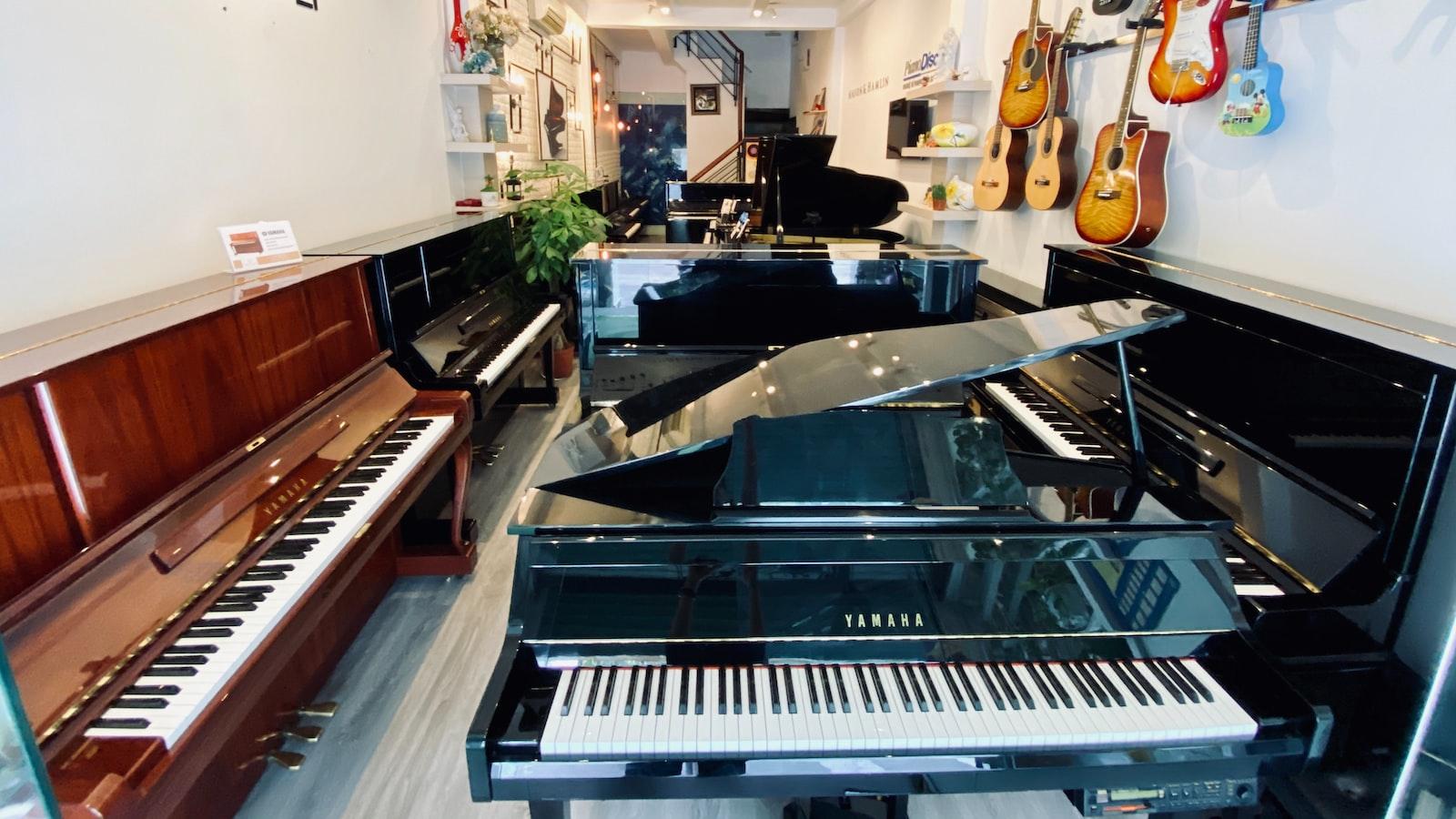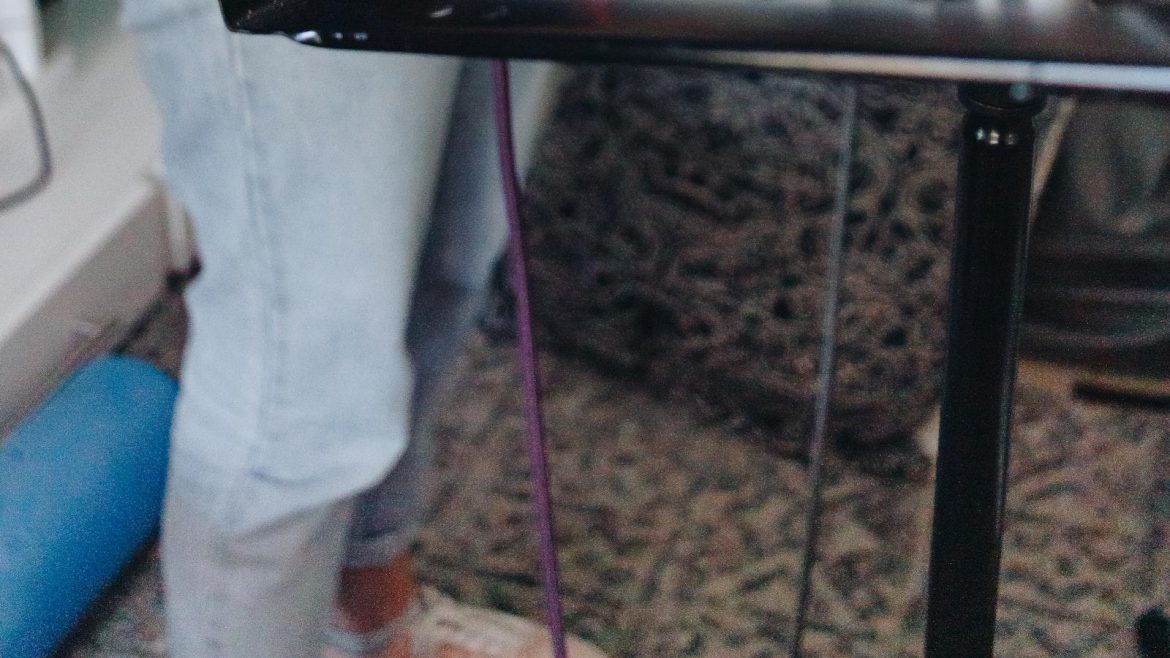Beyond the confines of auditoriums adorned with ebony grand pianos lies a realm where the echo of timeless melodies haunts the airwaves. In this intangible soundscape, electric pianos emerge as enigmatic players, tantalizing listeners with their ability to capture the raw essence of their acoustic counterparts. But what secrets hide beneath their sleek, synthesized keys? Join us as we embark on a sonic quest, delving into the depths of authenticity, where the ethereal meets the tangible, to uncover the undeniable magic that allows electric pianos to waltz hand in hand with tradition. From the subtlest touch to the resounding resonance, let us peer through the looking glass and explore the elusive soul of electric pianos – the sonic mirage that bewitches both virtuosos and aficionados alike. Together, we shall unravel the mystique and discover the alchemy behind these technological marvels that strive to capture the essence of a bygone era.
The Pursuit of Authenticity: Analyzing the Sonic Mirage of Electric Pianos
Electric pianos have been a fascinating subject of study for musicians and sound engineers alike, as they walk the tightrope between providing a convenient, portable alternative to traditional pianos, while attempting to capture the timeless soul and touch that only acoustic instruments possess. With advancements in technology, electric pianos have come a long way in simulating the sound and feel of their analog counterparts. However, as we delve into the pursuit of authenticity, we begin to unravel the sonic mirage that exists within these instruments. While they may look and sound like a piano, their essence remains distinguishable under scrutiny. The weighted keys and timbral intricacies may be replicated to a certain degree, but the nuances and subtleties unique to traditional pianos are challenging to capture in a digital format. The electric piano’s fundamental structure and reliance on electronic components inherently shape the sound it produces, which, while impressive and versatile, can never fully mimic the organic touch of a traditional piano. Ultimately, electric pianos offer their own distinct and enchanting sonic landscape that deserves to be explored and appreciated for what it is—an evolution of an esteemed instrument that has found its own place in the music industry. So, let us embark on this exploratory journey into the authenticity of electric pianos, acknowledging their limitations while celebrating the creative possibilities they bring to the table.
Mastering the Art: Unveiling the Secrets to Achieving a Timeless Soul in Electric Piano Simulation
Delve into the captivating realm of electric pianos and their ability to flawlessly replicate the timeless soul and exquisite touch found in traditional pianos. Unveiling the secrets behind achieving a truly authentic sound in electric piano simulation, this article will take you on a sonic journey, immersing you in the art of recreating the rich and soulful tones of a classic instrument.
To truly master the art of electric piano simulation, it is crucial to understand the intricacies of sound design and how it plays a pivotal role in capturing the essence of a traditional piano. From the delicate balance between attack and sustain to the subtle nuances of resonance and string harmonics, each element contributes to the authenticity of the sound produced.
Discover the techniques and tools professionals use to refine the sonic mirage of electric pianos. Explore the world of digital modeling, where painstaking attention to detail brings the warmth and depth of an acoustic piano to life. Gain insights into the careful selection of sound samples and the meticulous fine-tuning of parameters to achieve the perfect blend of realism and expressiveness.
Through the artful combination of cutting-edge technology and timeless musicality, electric pianos have become not mere imitations, but powerful instruments in their own right. Whether you are an aspiring pianist, a seasoned performer, or a music enthusiast, join us as we unravel the secrets to achieving a captivating and authentic experience with electric piano simulation.
As we delve deeper into the mesmerizing world of music, one thing becomes abundantly clear: the authenticity of electric pianos in capturing the timeless soul and touch of traditional pianos cannot be denied. From the ethereal notes that dance across our ears to the nostalgic melodies that make our hearts sway, electric pianos have become a true sonic mirage.
It is fascinating to witness how technology and innovation have intertwined to create an instrument that transcends time and space. The electric piano has evolved from a mere imitation to a formidable rival, seamlessly blending the classic allure of traditional pianos with a contemporary edge. Its ability to recreate the rich resonance and delicate nuances of acoustic pianos is nothing short of miraculous.
Yet, amidst this digital wizardry, one must not forget the invaluable contributions of the traditional piano. Each note resonating through its wooden body carries the weight of centuries of musical history. The feeling of hammers striking strings and the subtle vibrations that resonate in the air are irreplaceable elements that electric pianos can only aspire to capture.
However, the beauty of music lies in its endless diversity. Electric pianos add a unique identity to the melodies they produce, allowing musicians to explore uncharted territories with their distinct sound. They open the doors to creativity, welcoming artists to experiment and push the boundaries of what is possible in the world of music.
In the end, it is not a question of authenticity but rather a celebration of the vast spectrum of possibilities that electric pianos offer. They have become essential in their own right, carving out their place on the grand stage of music. So, let us embrace this harmonious blend of tradition and innovation, appreciating the touch of nostalgia electric pianos instill while marveling at the wonders of technological advancements.
Let the sonic mirage continue to captivate our senses, reminding us that music is a language that knows no boundaries, and the spirit of creation is limitless.


